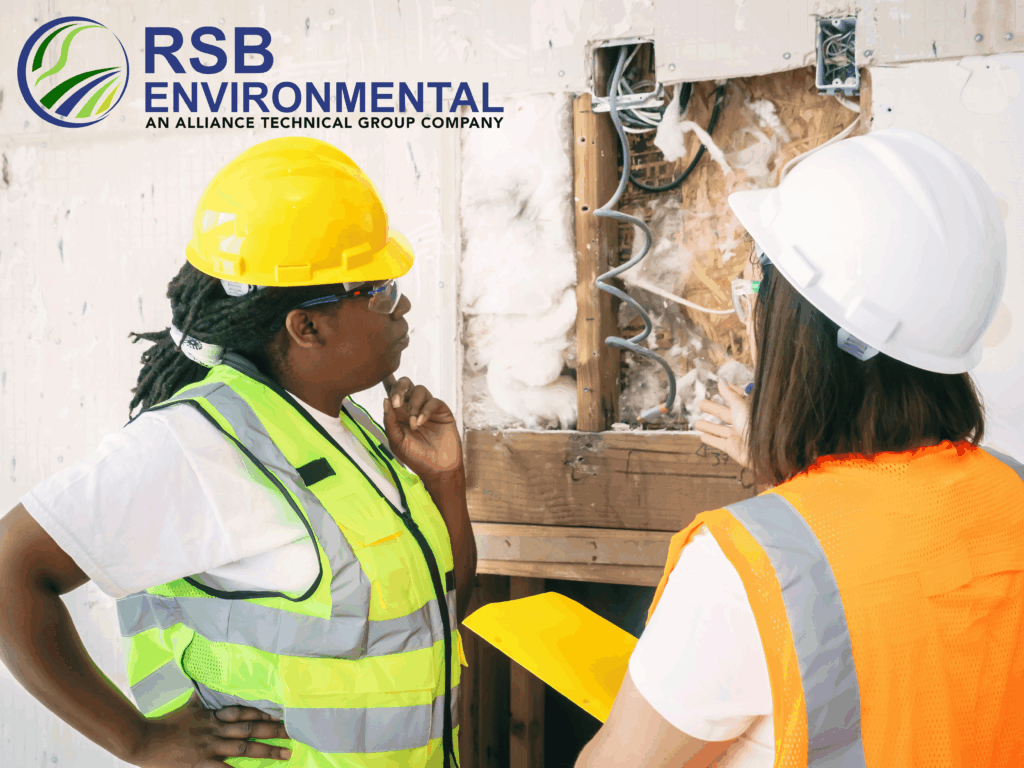The Role of Phase 1 ESA in Protecting Your Clients
Safeguarding buyers, lenders, and other stakeholders begins with a clear picture of a property’s history, land use, and present condition. A Phase 1 Environmental Site Assessment (ESA) supplies that insight by blending desk research with an on-site inspection. The process uncovers recognized environmental conditions, or RECs, that could threaten value, trigger cleanup costs, or stall financing. When performed by a qualified professional team, the assessment protects clients, limits liabilities, and strengthens every real-estate transaction.
Understanding Phase 1 Environmental Site Assessments
A Phase 1 ESA is a systematic investigation that reviews historical aerial photographs, fire-insurance maps, city directories, agency records, and chain-of-title documents. Consultants then visit the subject property to photograph structures, storage tanks, and drainage areas while interviewing owners or tenants for first-hand information. No soil or groundwater samples are taken at this stage because the goal is to decide whether further testing is warranted.
Primary objectives
- Identify RECs that may involve petroleum products, solvents, asbestos, or other hazardous substances
- Document the presence of storage tanks, waste-disposal areas, or spills that could impact water or soils
- Provide lenders and agencies with defensible due-diligence documentation that meets ASTM E1527-21 standards
Legal and Regulatory Framework
Federal law under CERCLA assigns cleanup liability to owners unless they perform All Appropriate Inquiry. ASTM E1527-21 satisfies that requirement and states that interviews, database searches, and the site visit are valid for 180 days. State agencies may add rules for underground storage tanks or asbestos materials, so staying current on regulations is critical.
The Due-Diligence Process Step by Step
- Records review: Consultants gather data on past operations, land use, permits, and violations.
- Site visit: The team inspects buildings, tanks, and paved areas for stains, stressed vegetation, or unusual odors that signal contamination.
- Interviews: Owners, occupants, and maintenance staff share insights on chemicals, spills, or previous remediation activities.
- Report preparation: Findings, photographs, maps, and recommendations are compiled into a lender-ready ESA report.
Protecting Buyers, Lenders, and Stakeholders
A current ESA reduces uncertainty, improves confidence, and often leads to more favorable loan terms. Buyers and sellers can negotiate price adjustments based on documented risks while lenders gain the assurance needed to approve financing.
Cost Control and Liability Management
Early detection of contaminants helps owners budget for remediation before closing. Documented diligence can also unlock grants, brownfield incentives, or specialized financing that offsets cleanup costs and shields clients from future liabilities.
Integrating ESA Findings into Property Maintenance
Technical findings convert into clear maintenance tasks such as inspecting sumps, sealing secondary-containment pads, or scheduling tank-tightness tests. Owners should mark ESA anniversaries alongside elevator inspections and roof checks, planning a full refresh every five years and a focused update at the 180-day mark if a transaction is active.
Choosing the Right Environmental Professional
Select a consultant whose staff includes geologists, engineers, and regulatory specialists with at least eight years of field experience. Ask about project-team structure, turnaround time, and prior work on properties similar in size, complexity, and land use to yours. RSB Environmental deploys senior professionals who deliver accurate reports on tight schedules nationwide.
Common Misconceptions
Some clients assume one ESA lasts forever, yet site conditions change when new tenants arrive, storage tanks age, or storms alter groundwater flow. Regulations evolve as well. Refreshing reports on the recommended schedule keeps documentation valid and liabilities in check. Another misconception is that a desktop review alone suffices; only a site visit can reveal subtle signs of contamination such as staining around fill ports or stressed vegetation near drainage swales.
Frequently Asked Questions Phase 1 ESA in Protecting Your Clients
What does a Phase 1 ESA cost?
Fees usually range from five to fifteen cents per square foot, depending on site size, history, and research complexity. This small investment can prevent six-figure remediation bills and speeds loan approval.
Does a Phase 1 ESA include soil or groundwater sampling?
No, sampling belongs to a Phase 2 study that follows if the assessment finds potential hazards. The Phase 1 focuses on records, interviews, and visual inspection.
How often should I update my ESA?
Plan a complete refresh every five years, with a 180-day update whenever the property is in an active refinance, sale, or redevelopment cycle. This schedule aligns with ASTM E1527-21 validity limits.
Can I perform the ESA myself?
Lenders and regulators require an environmental professional with specific education and experience. Hiring a qualified consultant ensures credibility and compliance.
What happens if contamination is discovered?
The next step is a Phase 2 investigation that measures contaminant levels and defines cleanup needs. Early discovery lets owners budget remediation and negotiate costs before closing.
Do ESAs add value during property sales?
Absolutely. A recent, clean ESA lowers risk for buyers, accelerates closing timelines, and often supports a higher selling price.
Conclusion
A Phase 1 ESA plays a vital role in protecting your clients by exposing hidden risks, guiding investment decisions, and ensuring regulatory compliance. To schedule an assessment tailored to your properties, contact RSB Environmental at info@rsbenv.com. Our experienced team provides clear reports, timely insights, and the confidence required for successful real-estate transactions.




